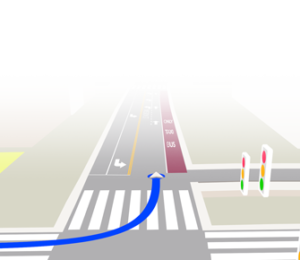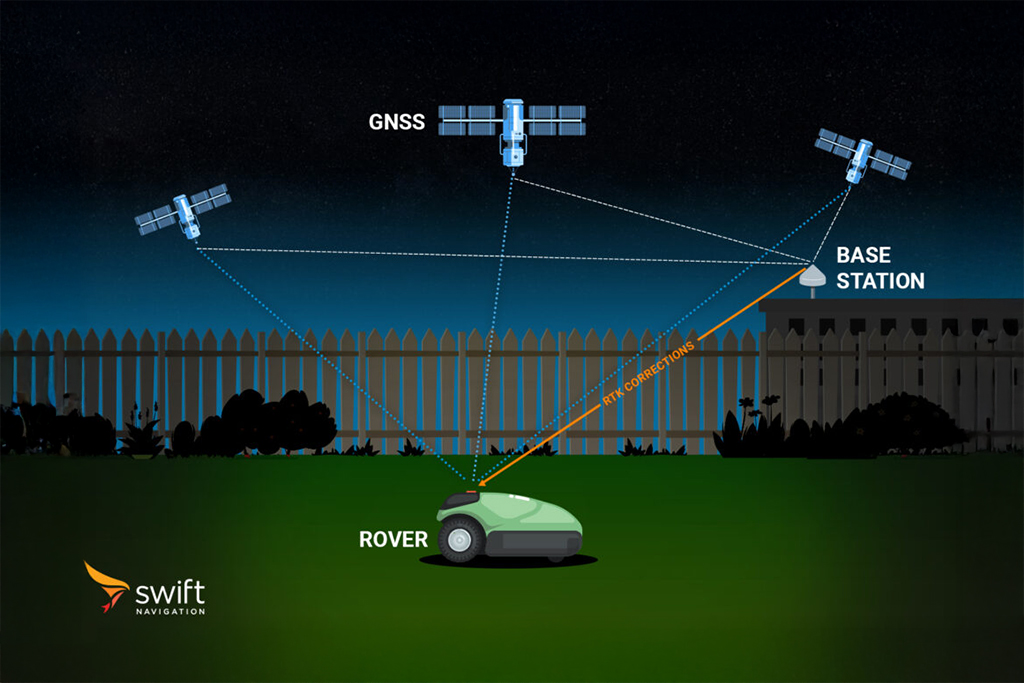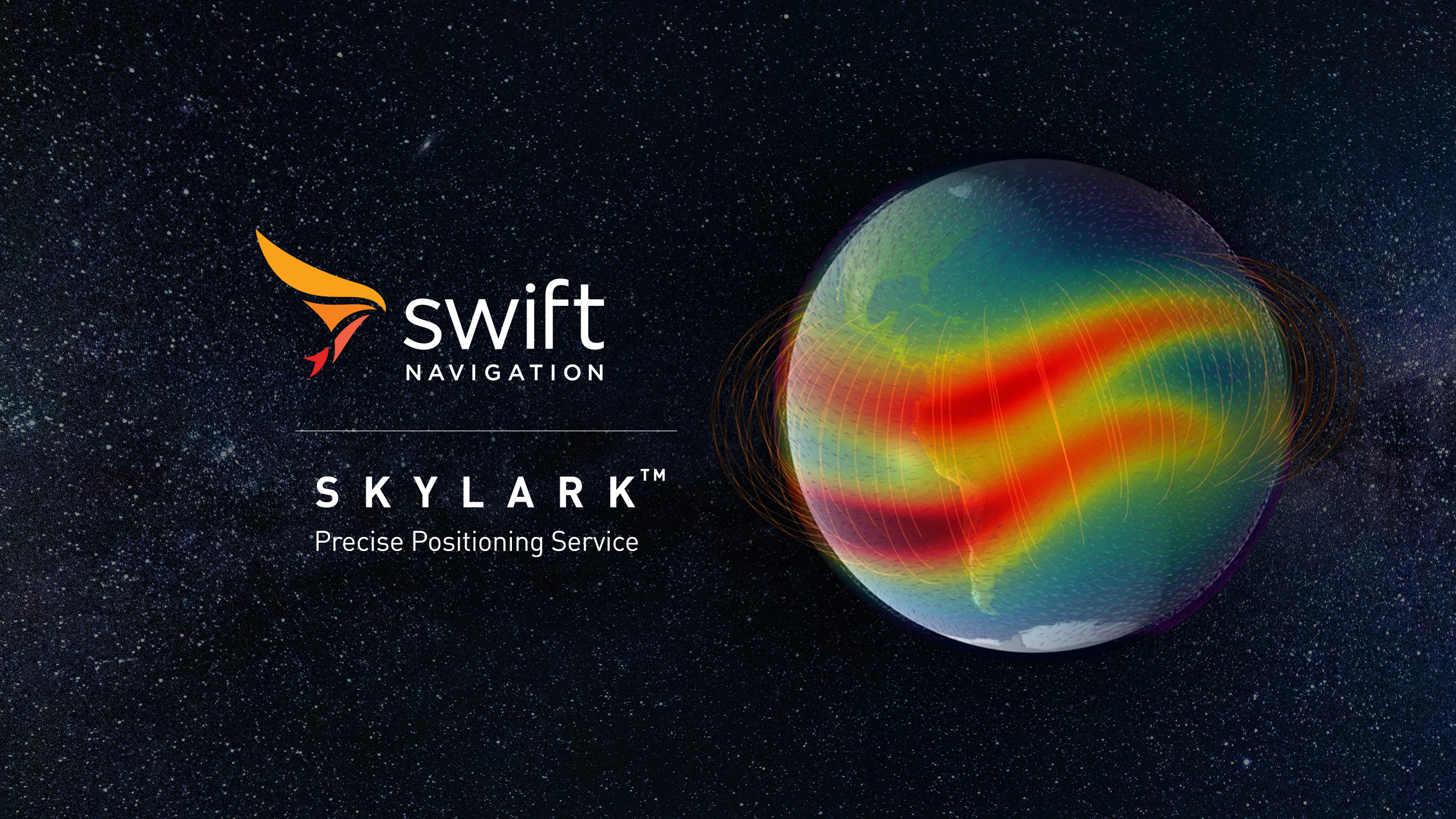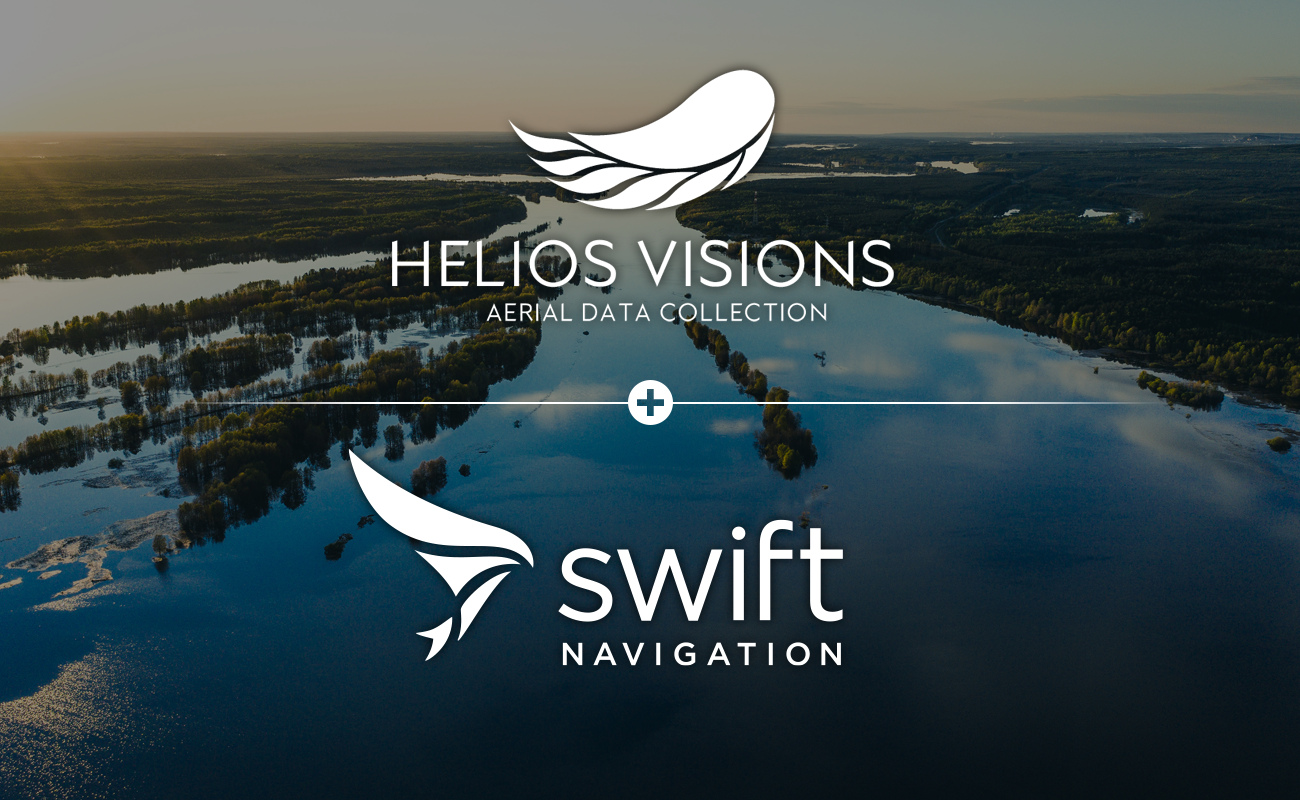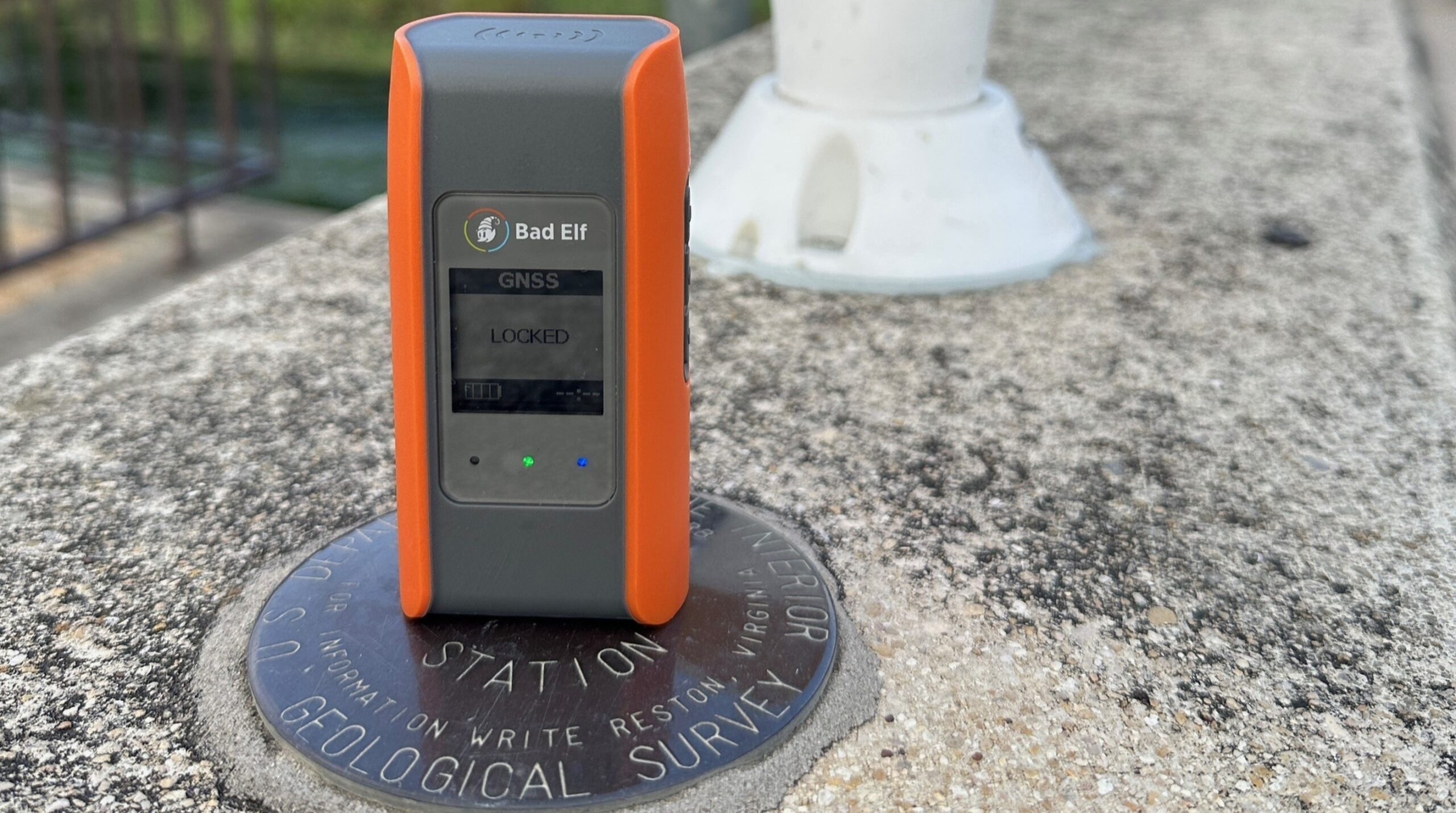What is a Datum?
A datum is a reference frame that enables the location of latitudes and longitudes to be identified on the surface of the Earth. In geodesy and navigation, a datum provides the mathematical model of the Earth’s shape and size, as well as the origin and orientation of coordinate systems used for mapping and positioning. Modern datums are typically realized through a network of precisely surveyed points and are essential for ensuring that geographic coordinates are consistent and accurate across different regions and applications.
The term “geodetic datum” is often used interchangeably with “reference frame,” though the geodetic community now prefers “reference frame” for clarity. Datums can be global, such as WGS84, or local, tailored to specific regions to account for local variations in the Earth’s surface. Accurate datum selection is critical for applications like surveying, GIS mapping, and GNSS-based positioning, as using different datums without proper transformation can result in significant positional errors.
For a more detailed overview of datums, reference frames, and epochs, read our article What Are Reference Frames, Epochs and Coordinate Transformations In RTK?
Related Content
GNSS Basics

Devon Sharp

Marwan Ramadan

Marwan Ramadan

Devon Sharp

Devon Sharp

Marwan Ramadan

Devon Sharp

Marwan Ramadan
GIS

Devon Sharp




